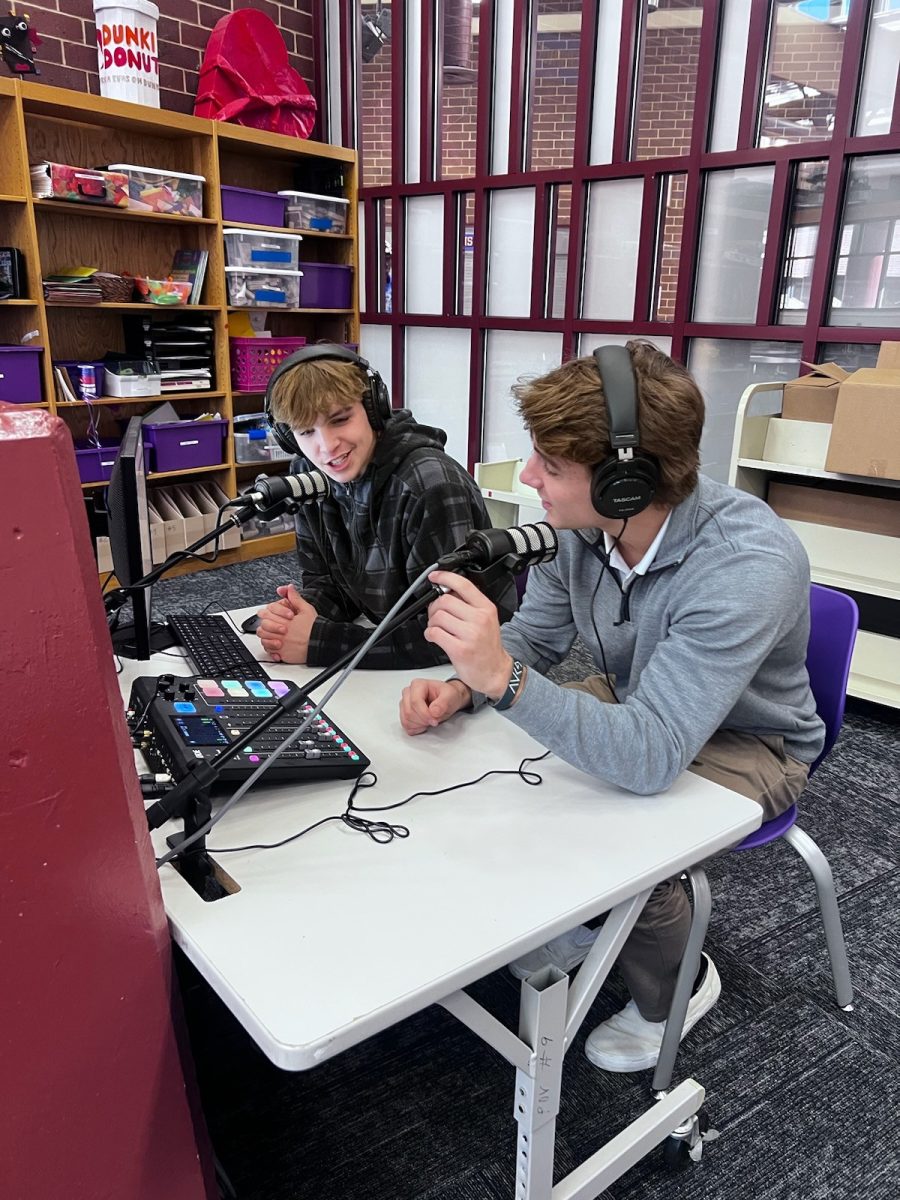Art, although at many times overlooked as a subject, is an important component of a student’s educational experience especially early on. Students at Tallwood know and have participated in at least one Art credit as mandated, but not every other state and school-boards have the same requirements.
Whether you see participation in an art class as a way to practice or showcase your talent/abilities, or just want to take a brain break from other academics, it’s a place where many skills can be learned along with giving opportunities to be independently creative. While required art classes vary from state to state, nothing but positive growth in students would occur if it was required for all K-5 students.
As many students know, what sets art education apart from any of the other subjects is that art is more hands-on along with using the more creative side of one’s brain. Although anyone who grew up in VA Beach, or Virginia in general, can recall taking art classes consistently in elementary school because it is a state requirement; but it wasn’t the same for many students who lived in other states.
Every state in the U.S requires pre-school students to have art education as mandatory, while only 29 out of the 50 states view art as a core subject in K-5 Education, according to the National Center for Educational Statistics.
There are many important reasons a student should be required to take an art class, but nothing falls more pivotal for a K-5 student than the practice of fine motor skills. Having an early art class promotes things like “generating and conceptualizing artistic ideas and working” especially within the use of your hands according to The University of Florida.
An example of this is cutting and pasting papers, or maybe even having an activity involving shaving cream which is a common memory for most students in preschool or early elementary school. Memories like these when looked back on can be thought of as just something simply fun, but it’s much more than just that. Whether you realized it or not, as young students our creativity was helping our brains develop and create crucial skills.
Post-Covid art classes changed drastically due to the changed needs of all students, specifically the younger K-5 ones. Students, especially ones that had crucial years of learning basic reading and writing skills are prone to being more stressed and overwhelmed when it comes to catching up on schoolwork they missed during the pandemic.
Whether you value art class as something that helps practice your own talent, or just value the class as a time period to get away and take a break, nothing but positivity is surrounding the subject of art for current students and teachers. These requirements for the participation of art for K-5 students should do nothing but grow over time as research further and further proves its importance.







